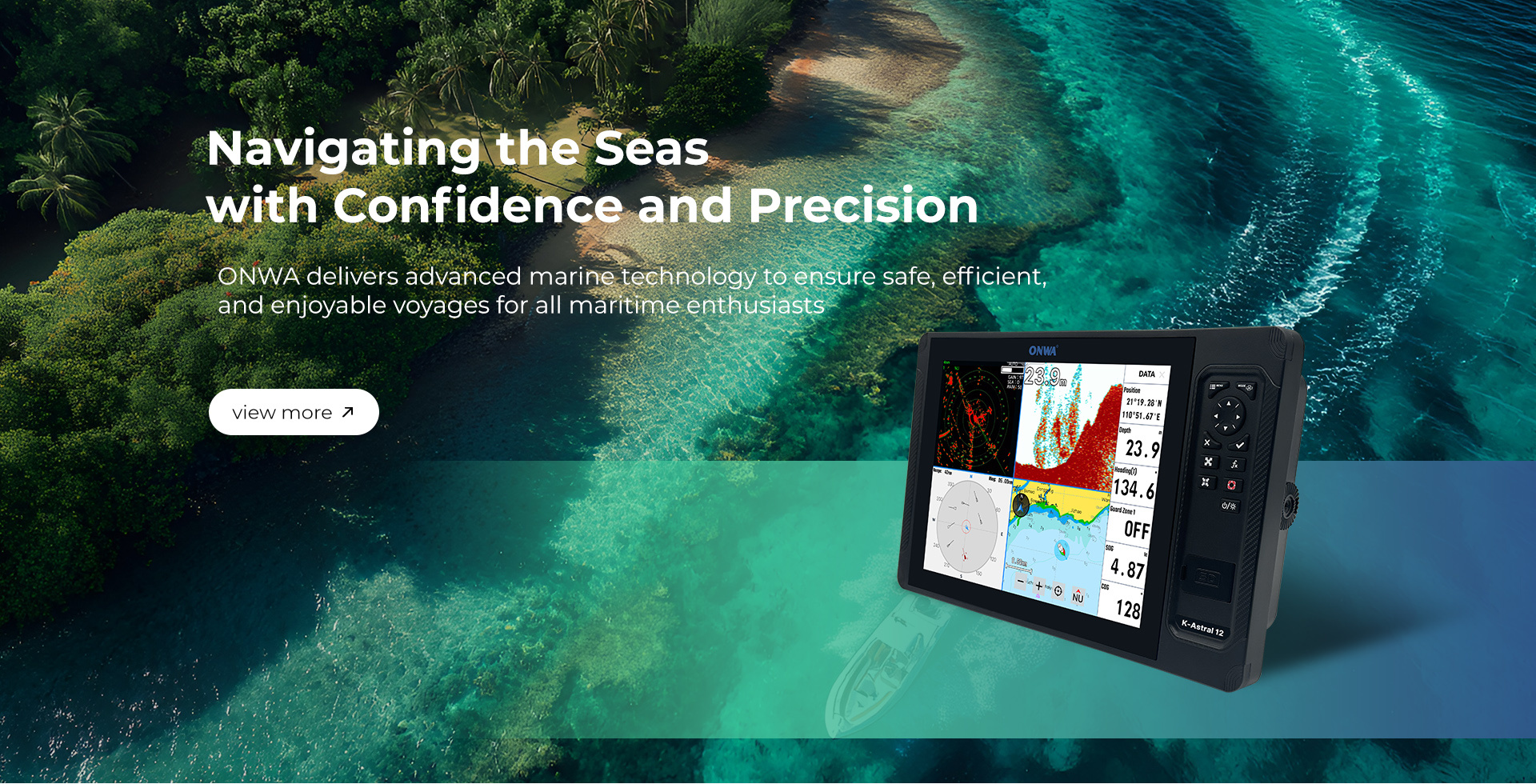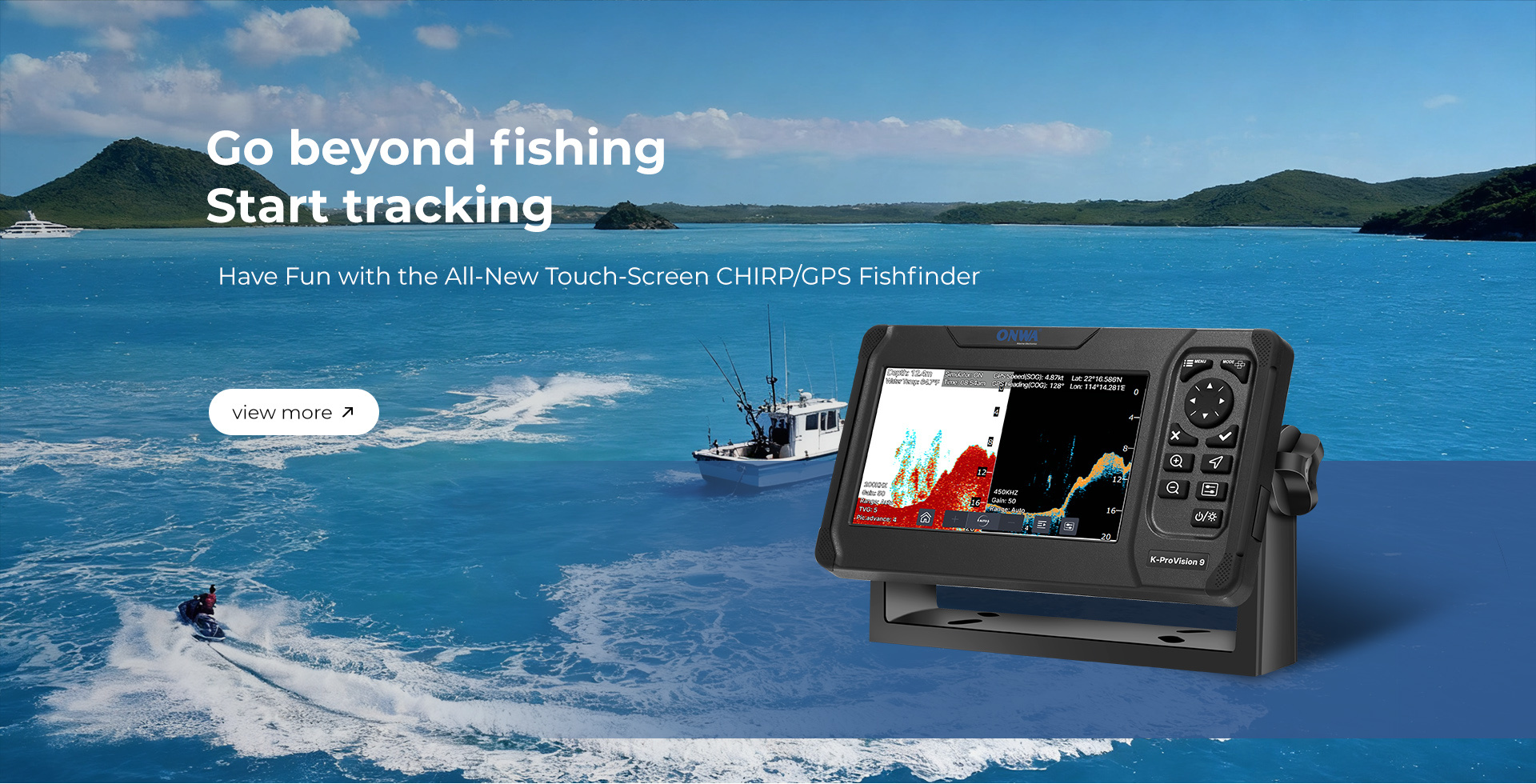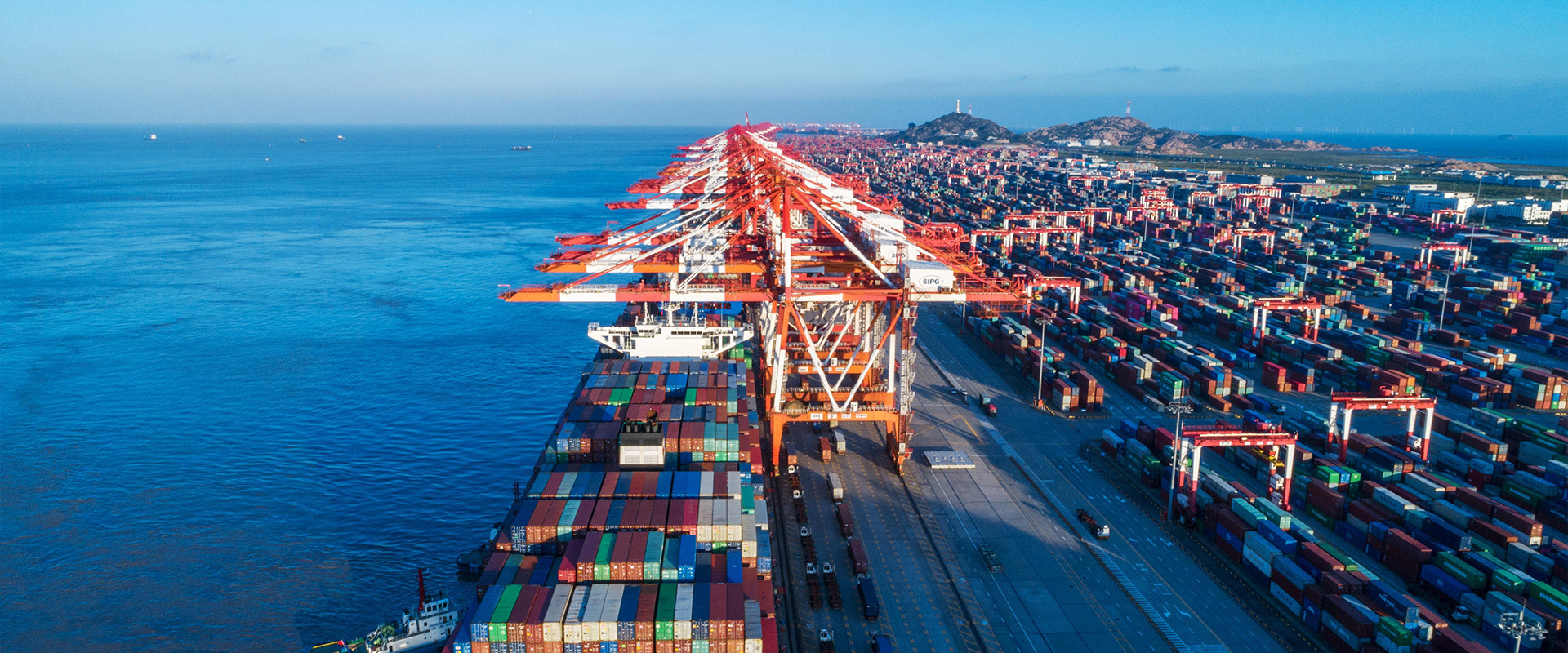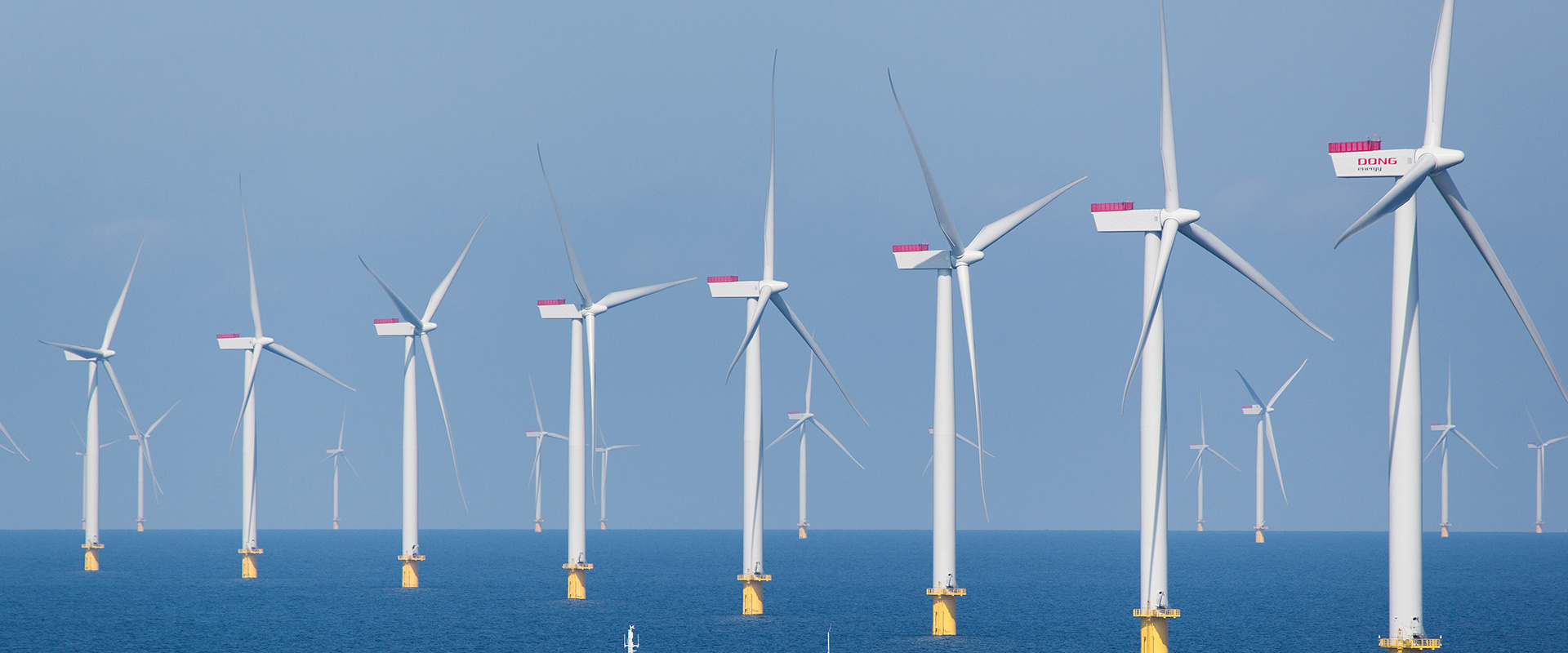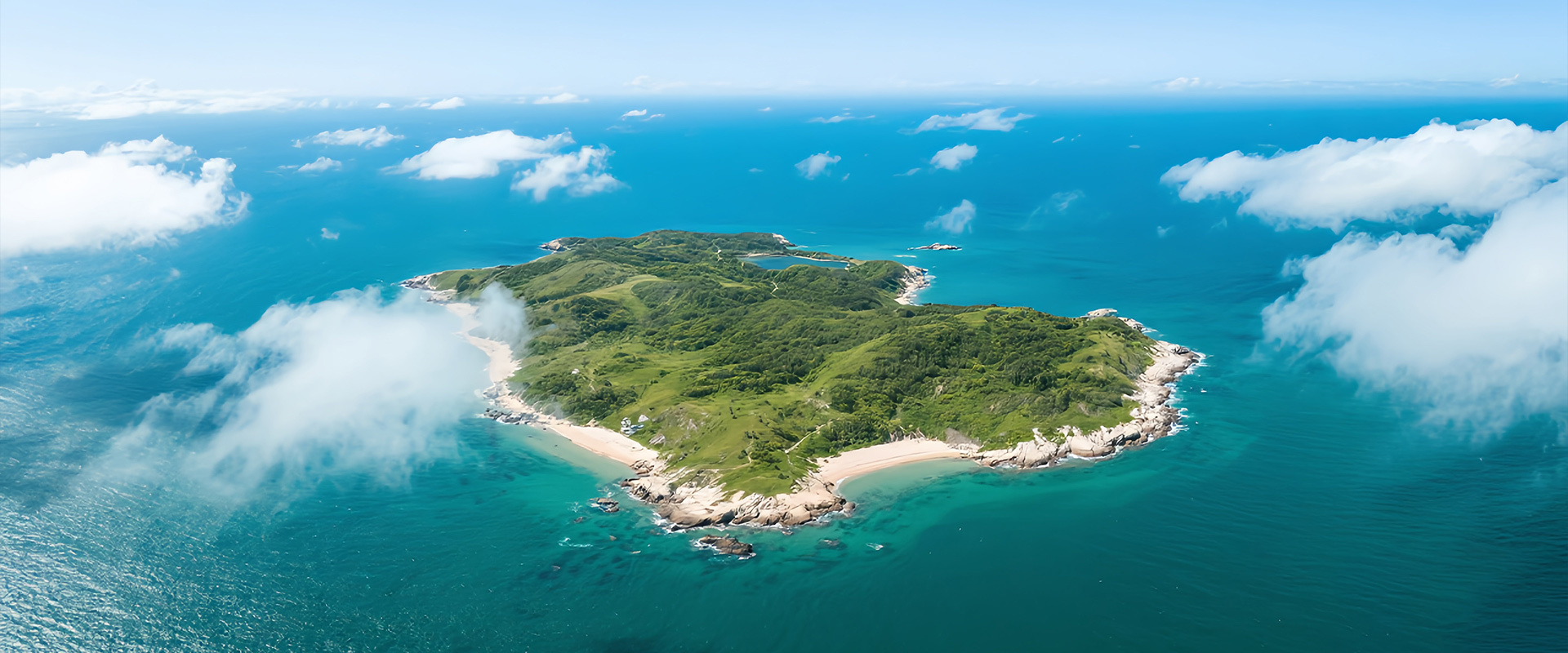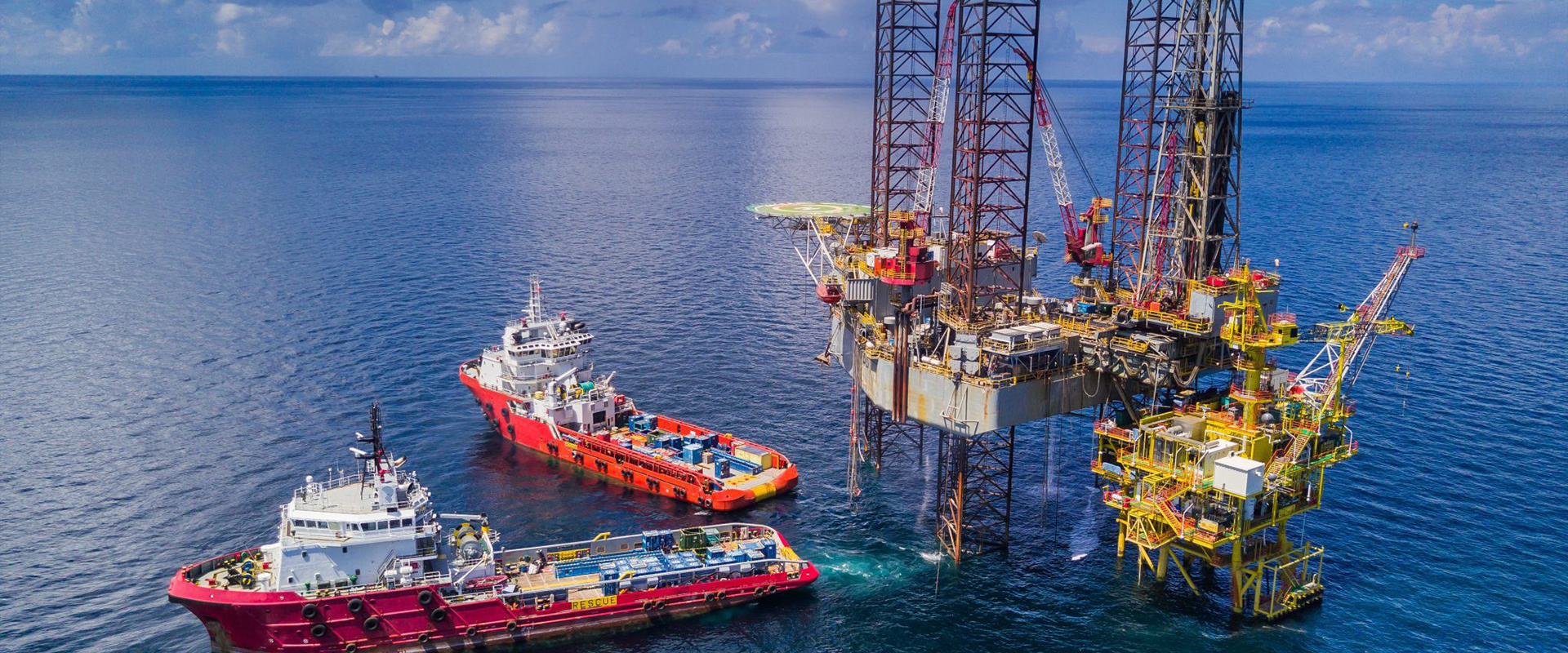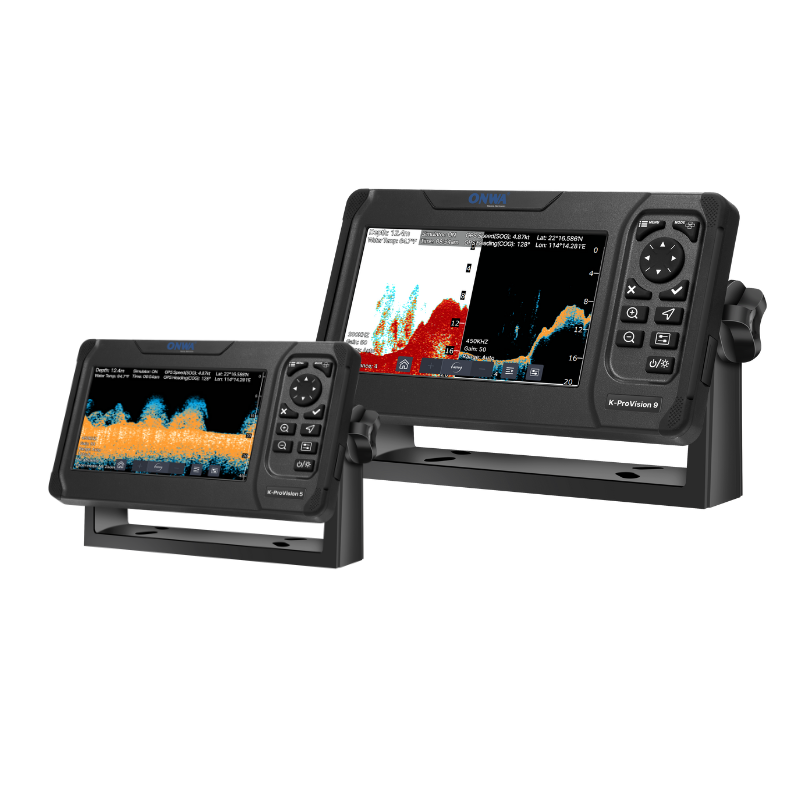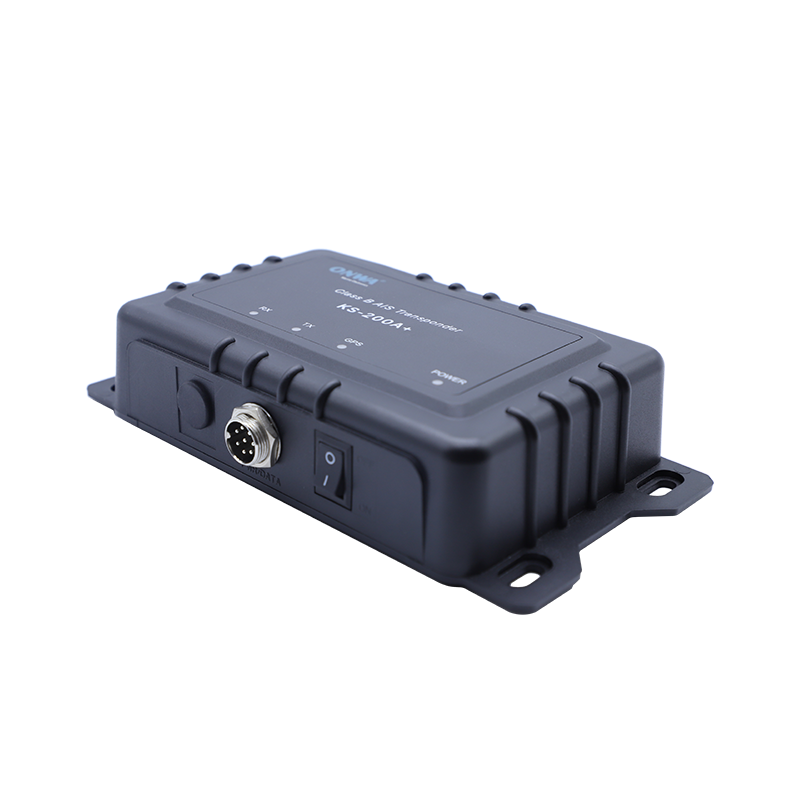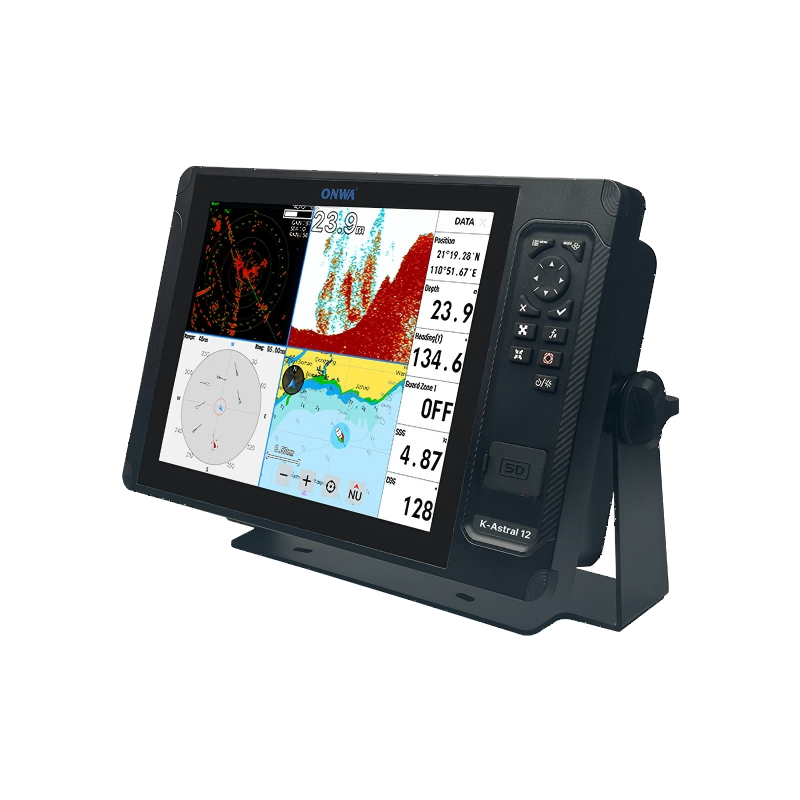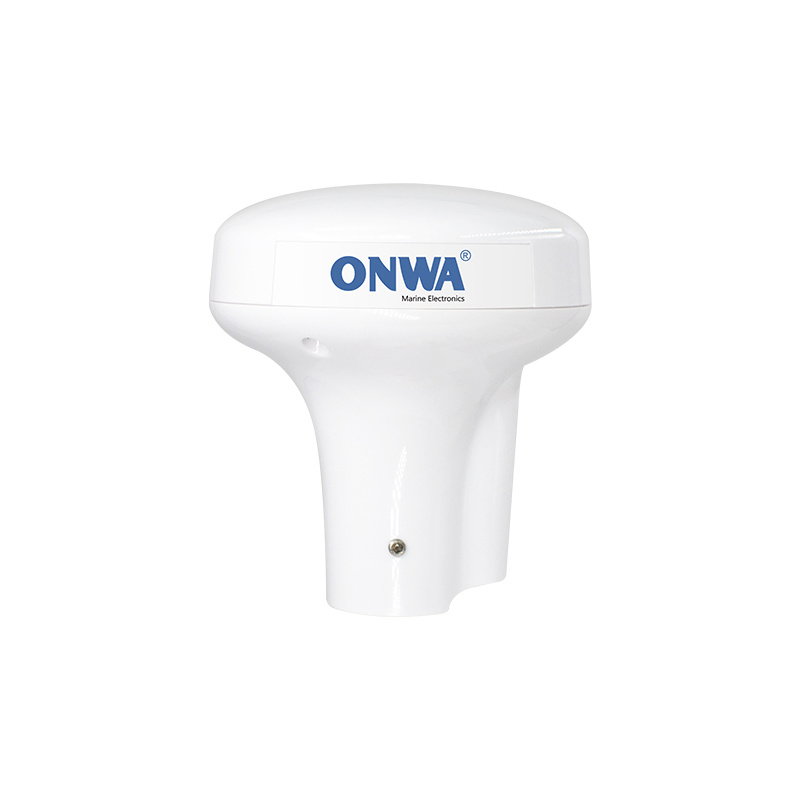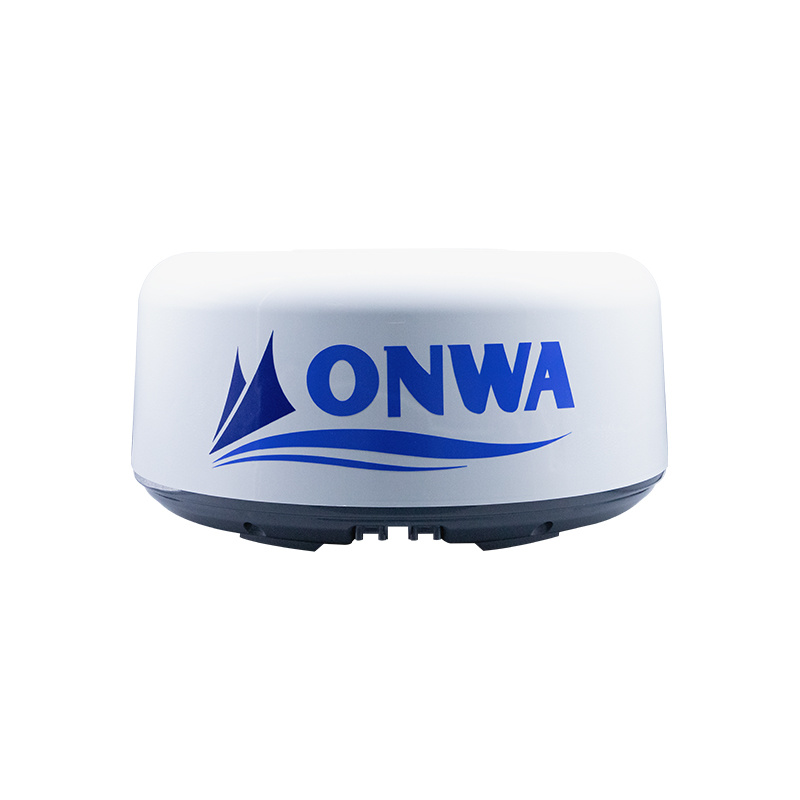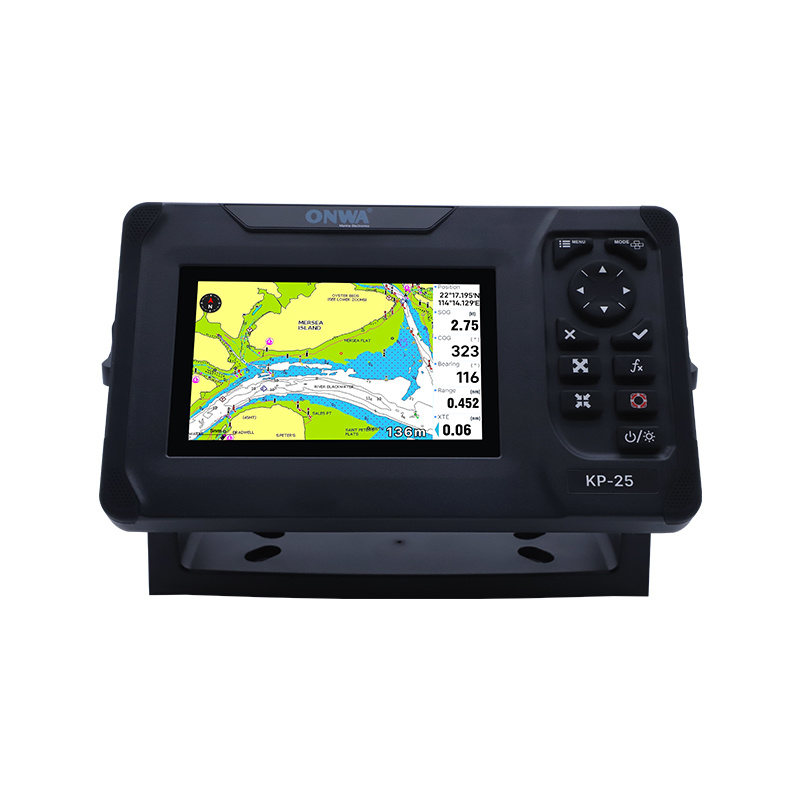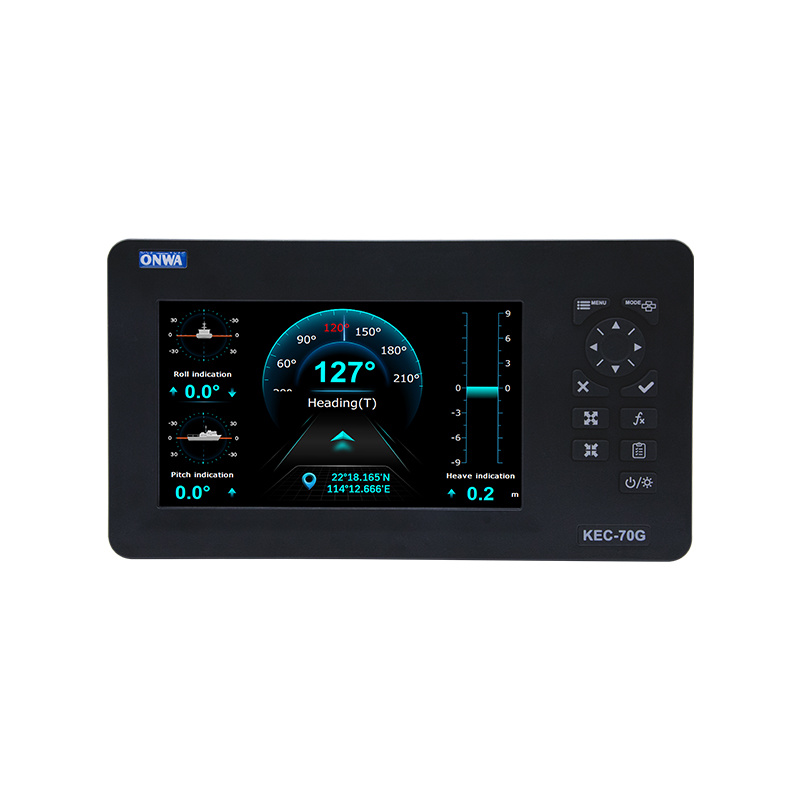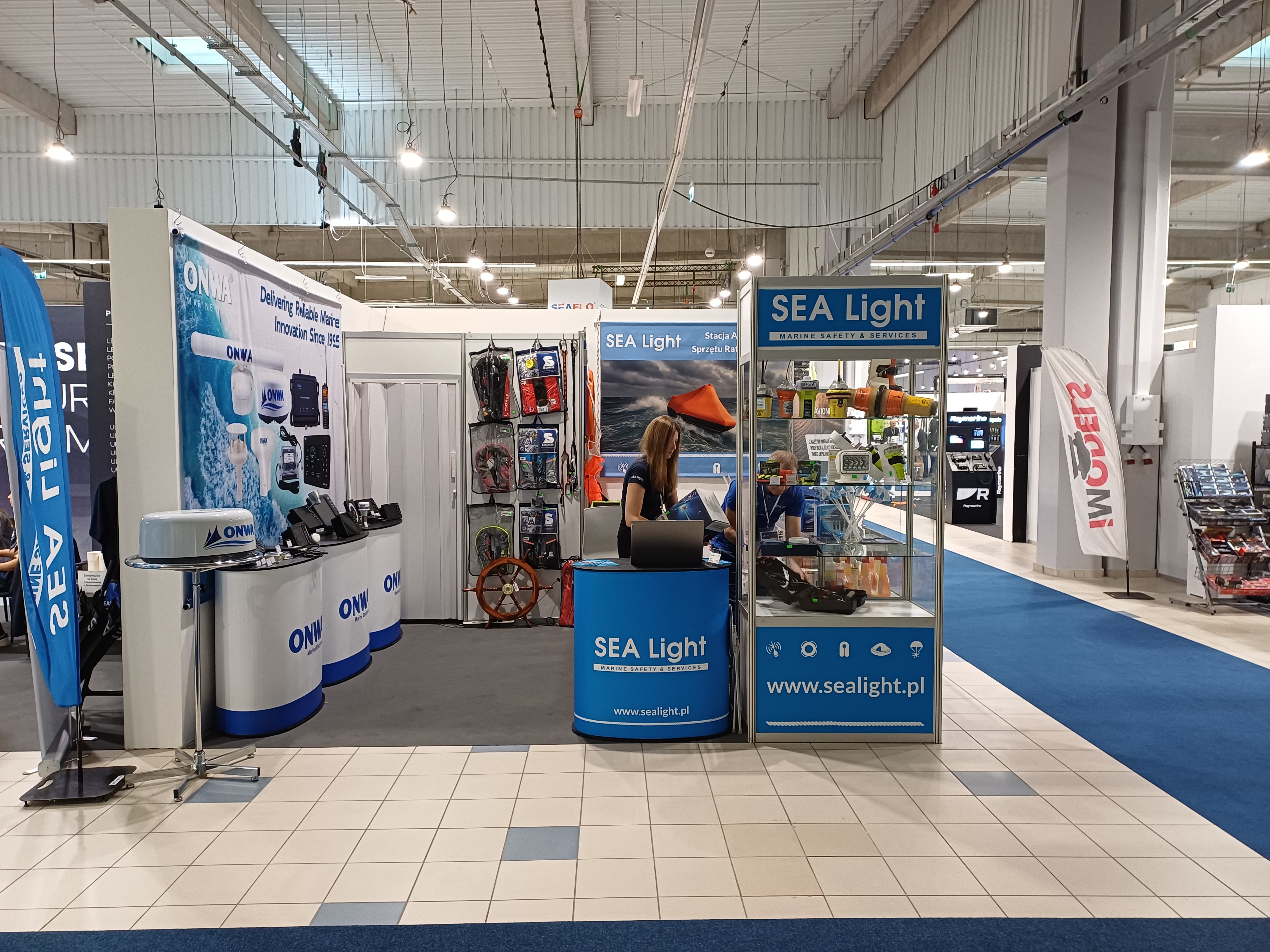Your Privacy Matters to Us
When you subscribe to our newsletter, we collect only the information you choose to provide—typically your email address. We use this information solely to:
- Send you updates about our products, services, and news
- Share special offers or event invitations
- Improve your experience with our content
How We Protect Your Data
Your information is securely stored and managed through Mailchimp, our trusted email platform. Mailchimp processes your data in compliance with their Privacy Policy.
We never sell, rent, or share your personal information with third parties for marketing purposes.
Your Control Over Your Data
You can unsubscribe anytime by clicking the “Unsubscribe” link at the bottom of any email.
You can also request to update or delete your information by contacting us at info@onwamarine.com.
Key Products
Explore ONWA Marine Electronics
Chart your course with precision and clarity.
Locate and track fish with incredible accuracy and speed.
Detect and avoid hazards instantly and effectively.
Ensure visibility and safety in every maritime journey.
Solution
Smarter Surveillance. Safer Waters.
From marine ranches to offshore wind farms, from bridges to remote islands—our system keeps every corner secure, 24/7
NEWS
Thank you for visiting us at METS 2025 in Amsterdam!
It was wonderful to reconnect with our long-time partners and industry friends who have supported us over the years. We were equally excited to meet new customers from around the world.
Following METS 2025, Join Us at APM 2026
ONWA will also be attending Asia Pacific Maritime (APM) 2026, taking place from March 25–27, 2026
Digimarine Makes a Splash at CMEE 2025
Digimarine, a local brand developed by ONWA, attracted a steady stream of visitors at CMEE 2025
Back and Brighter: ONWA Stands Out at Poland Boat Show 2025
SEA Light Sp. z o.o. in Poland successfully represented ONWA at the Poland Boat Show 2025
Onwa marketing team will head to Amsterdam in November for what is destined to be the largest Metstrade event ever.
Onwa opens Shenzhen Marketing Department !
Onwa opens Shenzhen Marketing Department !


